In golf, hunting or outdoor exploration, rangefinders have become indispensable equipment for many people. It can help us quickly determine the target distance, thereby better formulating hitting strategies or seizing the right moment to catch prey. However, when the rangefinder malfunctions, users often feel confused and anxious: Why doesn't my rangefinder suddenly show the distance? Why are the measurement results always not accurate enough?
These problems not only make people doubt the quality of the equipment, but may also affect the entire user experience. In fact, in most cases, the rangefinder is not completely damaged, but rather caused by improper environment, operation or maintenance. Next, we will analyze step by step from multiple perspectives and provide practical troubleshooting and maintenance methods.

The Reason Why My Rangefinder Cannot Display The Distance
When the rangefinder fails to give any data, this is often the most intuitive and headache-inducing problem. There are many reasons for this situation, but they can roughly be classified into the following categories:
1. Environmental factors: In foggy, intense sunlight, rain, snow or sandy weather, the laser signal may be weakened or interfered with. Even high-performance rangefinders have difficulty reflecting signals normally in harsh environments.
2. Target characteristics: If the target is too small in size, too dark in color, or has a surface that is too smooth and causes strong reflections, the laser may not return smoothly, resulting in distance measurement failure.
3. Operational issues: Many users overlook operational details. If the hand shakes or the aiming point does not land on the effective position of the target, the rangefinder also has difficulty obtaining correct feedback.
4. The status of the equipment: Insufficient battery power, the lens being blocked by dust, and damage to the laser emission port will all directly affect the display of data.
From this, it can be seen that the inability of a rangefinder to display distance does not necessarily mean that the device itself is damaged; it is often due to problems with the external environment or the operation process.

Why Is My Rangefinder Inaccurate?
Even if the distance can be given normally, there may still be obvious errors in the ranging results sometimes. Such situations are often more concealed and easier to be overlooked.
Beyond the measurement range: Each rangefinder has its designed maximum measurement range. If the target exceeds this limit, even if there are readings, they are very likely to be inaccurate.
- Angle and terrain influence: On the slopes of a golf course or when hunting and facing complex terrains, slopes and obstacles can interfere with the laser path, causing measurement result deviations.
- Calibration deviation: After long-term use, the internal measurement system of the equipment may produce minor errors. If not calibrated in time, the error will gradually increase.
- The application scenarios do not match: Although the principles of golf rangefinders and hunting rangefinders are similar, the scenarios they target and the algorithms they use are not exactly the same. If used in the wrong scenario, it will also lead to inaccurate results.
Therefore, when inaccurate measurement is found, it is advisable to first compare the above aspects and gradually identify the source of the problem.

Common Methods For Golf Rangefinder Troubleshooting
If there is a problem with the rangefinder, users can conduct some simple self-checks first instead of replacing the equipment immediately. The following methods can often help quickly identify the problem:
1. Confirm the battery level: Insufficient battery power is one of the most common potential hazards. First, try replacing or fully charging the battery to ensure that the device can start stably.
2. Check the lens and focusing: If the lens is covered with fingerprints, dust or water stains, it will affect the laser emission and reception. Keeping clean and ensuring clear focus are the basic troubleshooting steps.
3. Change the target: Try aiming at a larger or clearer object to rule out the situation where the target itself is not suitable for distance measurement.
4. Switch ranging modes: Some rangefinders support golf mode, hunting mode or linear ranging mode. The effects of different modes vary greatly in different scenarios.
5. Environmental comparison test: Tests are conducted under different lighting and weather conditions to determine whether the problem is caused by external interference rather than equipment failure.
6. Contact after-sales service: If none of the above methods work, it is best to seek help from the manufacturer or professionals in a timely manner to prevent the problem from worsening.
Through step-by-step investigation, users can usually identify the root cause of the problem and solve the trouble without having to replace the equipment.

Daily Maintenance Suggestions
Rather than waiting until problems arise to deal with them, it is better to strengthen maintenance during daily use. Good maintenance habits can not only reduce malfunctions but also extend the service life of the rangefinder.
- Regular Cleaning: Gently wipe the lens and the housing with a soft cloth to prevent the accumulation of dust or oil stains that may affect the ranging accuracy.
- Proper Storage: When not in use, keep the rangefinder in a dry place. It is best to store it in a protective box to avoid damp and high-temperature environments.
- Battery Management: If the battery is not used for a long time, it is recommended to remove it to prevent leakage from damaging the circuit.
- Functional Testing: Conduct simple tests regularly to ensure normal readings. If deviations are detected, calibrate or send for repair in a timely manner to prevent the problem from escalating.
Proper maintenance not only keeps the equipment in the best condition but also helps users avoid accidents at critical moments.
How To Prevent The Problem From Happening Again?
In addition to troubleshooting and maintenance, users can also prevent problems from recurring through some simple habits. For instance, quickly self-check whether the device is functioning properly before use; Keep your hands stable when in use and avoid shaking. Choose a model that suits your usage scenario instead of blindly pursuing parameters. In this way, many potential troubles can be avoided at the embryonic stage.
Final Thoughts
In conclusion, when a rangefinder does not give distance or reads inaccurately, in most cases, it is related to the environment, operation mode or equipment status. Through reasonable maintenance and scientific investigation, the vast majority of problems can be solved by themselves. Only when it is confirmed that there is a hardware failure in the equipment is it necessary to seek professional inspection or replace the equipment.
Whether on a golf course or in the wild, mastering these methods can make the rangefinder operate more smoothly and reliably, thus truly bringing out its due value.
Meanwhile, as a brand that has long been focusing on golf rangefinders, Gogogo Sport Vpro has always been committed to providing users with reliable products and services to help more people enjoy the fun and advantages of accurate rangefinding.

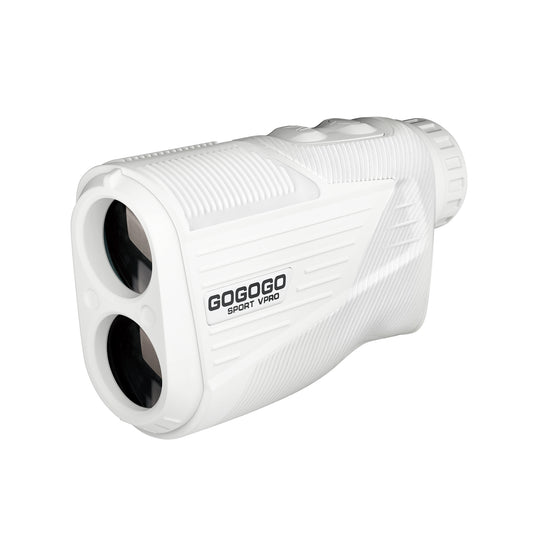
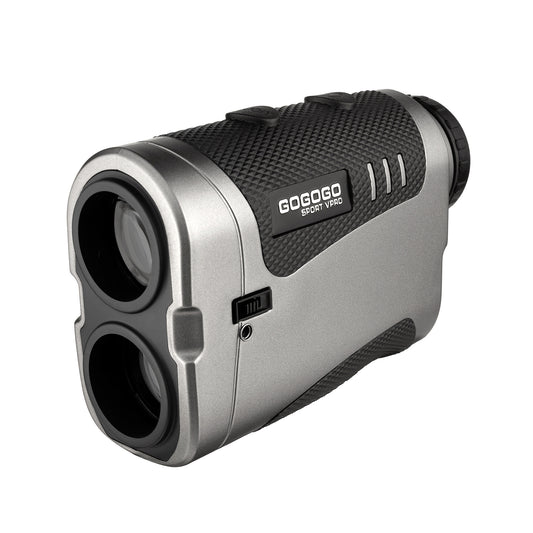
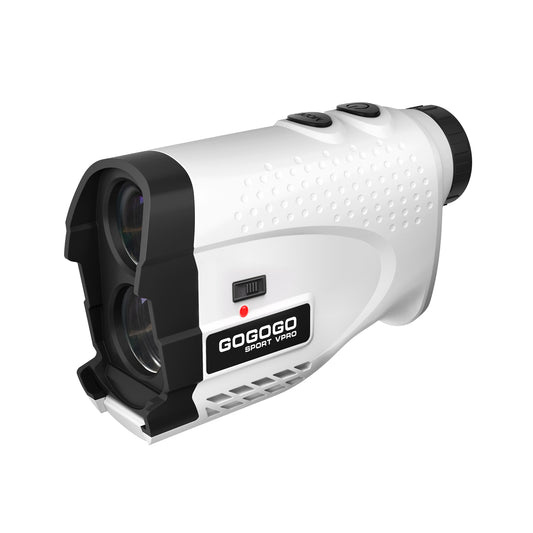
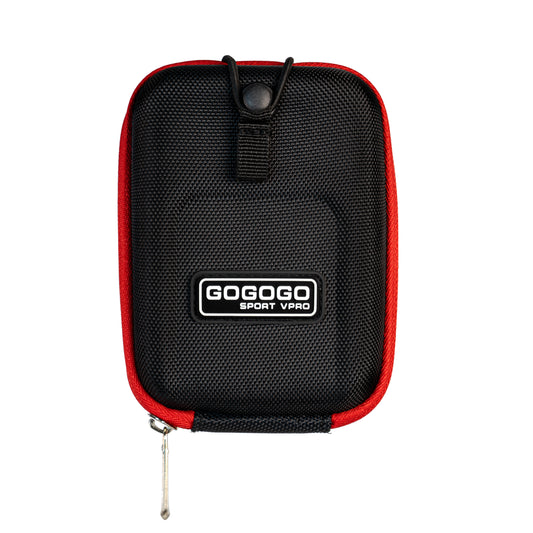
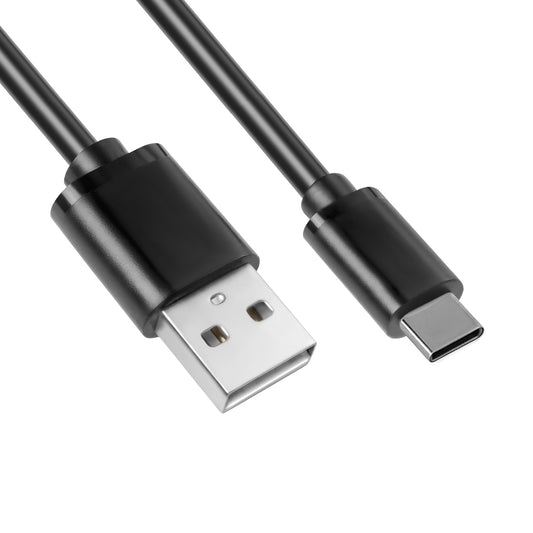

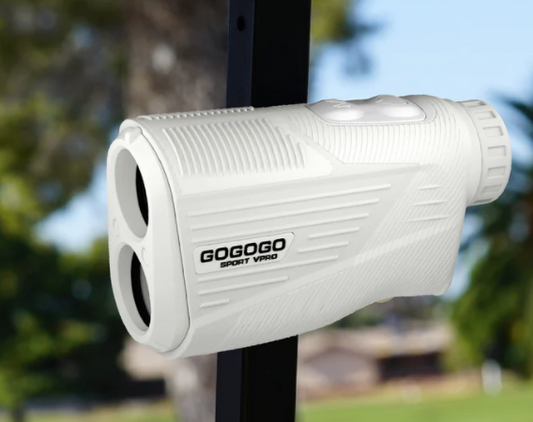

![[2025] The Ultimate Guide to Pinseeker Rangefinders for Golfers](http://gogogosport.com/cdn/shop/articles/gogogo_sport_vpro_pinseeker_rangefinder.png?v=1757993796&width=533)